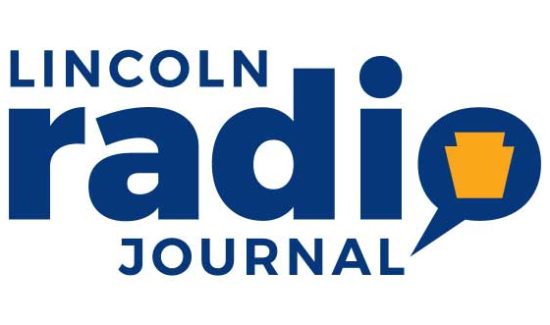Allegheny Institute: A City Ranking That Won’t Get Much Attention
In 2007 Pittsburgh was rated as "America’s Most Livable City" (Places Rated Almanac), and this past January it was crowned as the 6th best city in "Top Ten Places Where They are Hiring" (Forbes). Both of these rankings received a lot of media coverage and were embraced by local officials as proof of how well the City and region are doing.
We cautioned at the times of these releases that the methodology of such rankings is questionable and misleading. Now Business Week magazine has released a report claiming Pittsburgh is the 14th "Most Unhappy City" in the nation. Not surprisingly, there is hardly a mention of this new ranking in the media, nor have local officials rushed to comment on the Business Week ranking.
Business Week prepared its ranking by folding together rates of depression, suicide, unemployment, and property and violent crime to determine the "Unhappiest Cities" (actually not cities, but the 50 largest metro areas). There were some surprising (Nashville, Memphis) and some not so surprising (Detroit, St. Louis, Cleveland) selections among the top 20 "Saddest" cities. Pittsburgh’s December 2008 unemployment rate (5.6%) was the lowest of cities in the top 20. Only Nashville (6%), Cincinnati (6.4%) and Tucson (6.9%) came close. As the recession deepens who knows how those rates would change and how the "unhappiness index" would be altered if the list would be revisited.
Several metro areas we are told are models for Pittsburgh to emulate because they have gone through the process of merging city and county governments actually had higher unemployment rates than unconsolidated Pittsburgh: Jacksonville (7.6%), Indianapolis (7.2%), and Louisville (7.5%).
City boosters, if they were to comment, would likely be quick to dismiss the Business Week ranking as a silly one. And indeed, these multi-factor rating systems that use unweighted rankings on the variables selected are not scientifically rigorous or meaningful. They are ways for magazines to crank out articles with a high probability of generating controversy and readership gains. Unfortunately for the City boosters who glommed on to and ballyhooed the "Most Livable City" or the Forbes "Places Where They Are Hiring" rankings, the same flawed methodology was employed.
Consider that Pittsburgh’s "Most Livable" ranking came about even though Pittsburgh did not score high on any of the factors the ranking used. The area’s highest ranking on any individual measure of livability was 23rd. The region was in the middle of the pack on most measures but still managed to garner "Most Livable" status. Ironically, cities that had appeared on or even won the "Most Livable" title in rankings a few years earlier disappeared from the top ten entirely, despite the fact that they had significantly outperformed Pittsburgh on key factors such as job and population growth between publications of the "Livability" ranking.
Likewise, the supporting information for the Forbes survey showed the unemployment rate and included a note that the area is strong on health and education; not untrue, but enough to sway a location decision? Certainly it did not take into account small business births or startups in its ranking. Nor did it consider the fact that the region has had no net job gains since 2001 with losses in several sectors offsetting the job growth in the education and health sectors.
Note that Seattle was the only other city besides Pittsburgh to appear on all three lists, ranking as 3rd "Most Livable", 8th on "Best Places for Hiring", yet 20th "Most Unhappy". There is clearly a need for rankings preparers to talk to each other.
Bottom line: These rankings make good news stories items, but should be taken for what they are rather than as serious city to city comparisons. If someone wants to look at a tried and true indicator of how livable or how satisfied or how attractive a place is, they should examine changes in population over time—especially out-migration numbers.
________________________________________
Eric Montarti, Senior Policy Analyst Jake Haulk, Ph.D., President
________________________________________
Please visit our blog at alleghenyinstitute.org/blog.
If you have enjoyed reading this Policy Brief and would like to send it to a friend, please feel free to forward it to them.
For more information on this and other topics, please visit our web site: alleghenyinstitute.org
If you wish to support our efforts please consider becoming a donor to the Allegheny Institute. The Allegheny Institute is a 501(c)(3) non-profit organization and all contributions are tax deductible. Please mail your contribution to:







